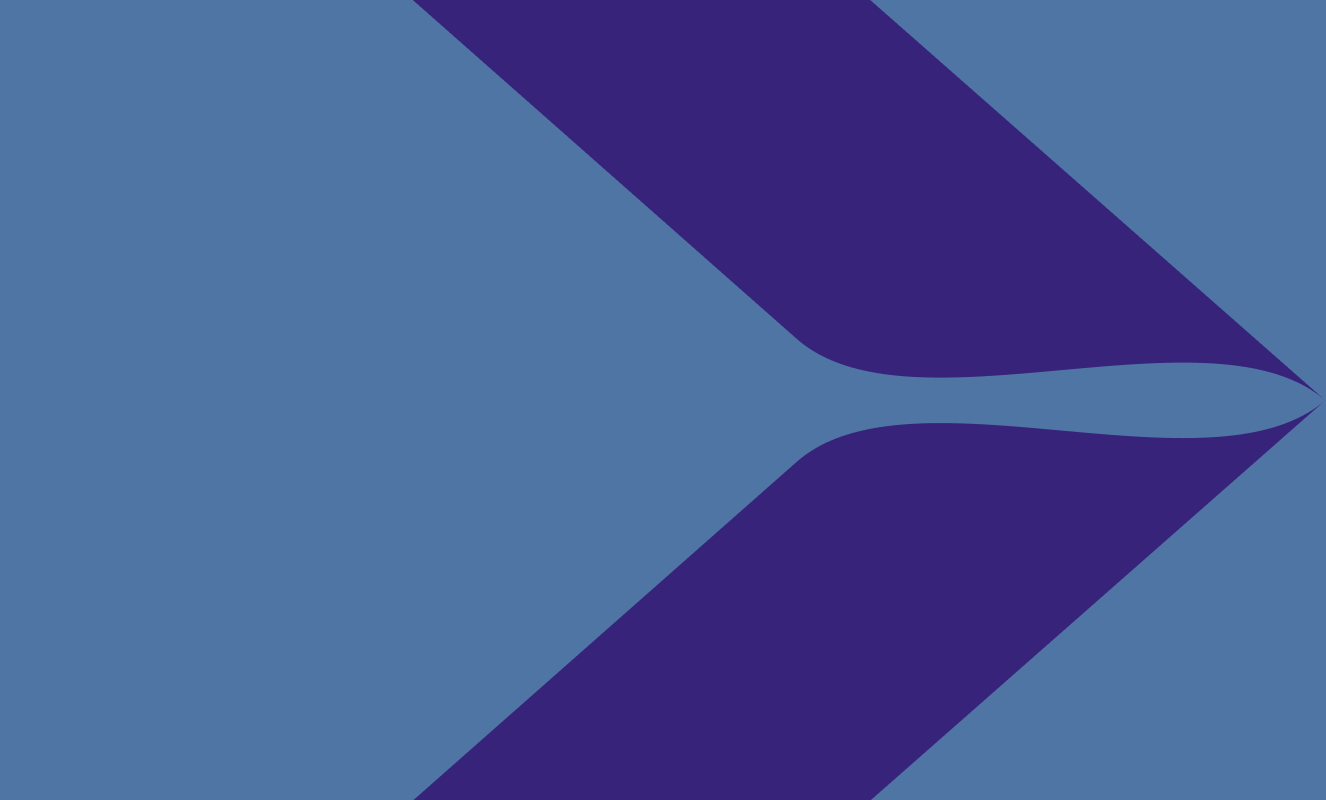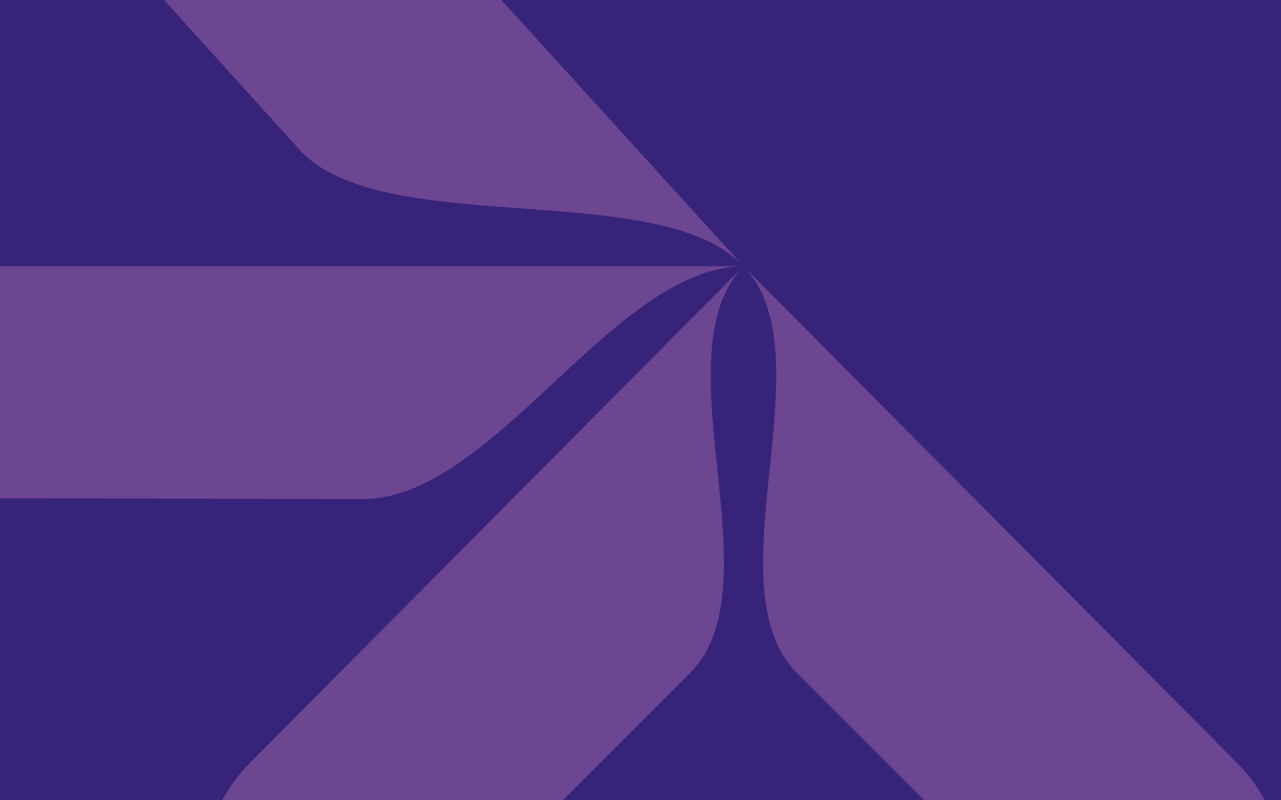5 June 2024
How we approach SDLC at Miyagami
Learn more about SDLC (Software Development Life Cycle), its phases and how our hybrid approach at Miyagami combines Waterfall and Agile Scrum to deliver exceptional outcomes. Our method establishes a strong foundation and clear direction from the start, while also allowing for continuous enhancement and adaptability throughout the development journey. Explore the intricacies of our SDLC strategy with us and see how it can elevate your upcoming project.
Filters

What is SDLC?
Software Development Life Cycle, or SDLC for short, is the process that software development teams go through to design, develop, test and deploy software. It's like a roadmap that guides them from start to finish in creating high-quality software.
What are the software development life cycle phases?
Depending on the chosen methodology, developers must follow between five and seven SDLC phases, which include: planning, requirements analysis, design, implementation, testing, deployment and maintenance. Following this structured process is key to delivering high-quality custom software in a cost-effective way and timely manner.
SDLC: Miyagami’s approach
While there are several different software development life cycle models, at Miyagami, we have a specific approach to SDLC that combines both the Waterfall life cycle model and the Agile Scrum methodology.
Starting off with the Waterfall Life Cycle
The Waterfall model is a linear and sequential approach to software development. It consists of distinct phases that flow downward, like a waterfall, through various stages.
With its emphasis on upfront planning, the Waterfall SDLC model ensures that everybody involved has a clear understanding of the project’s goals, scope and requirements before development begins.
Being broken down into distinct phases that do not overlap, this specific model enables the setting of clear milestones and deliverables. This, in turn, helps prevent surprises and allows us to determine a fixed price and a clear-end result.
Finally, when building an MSP (Minimum Scalable Product) that is meant to last through time and growth, the structure and clarity of the Waterfall life cycle are key.
Moving on to Agile Scrum and Adaptive Software Development
Then, as we follow with continuous development, we switch to a mix of Agile SDLC.
Because Agile methodologies like Scrum and ASD (Adaptive Software Development) are inherently flexible, they allow for iterative development, which means the digital product can be refined and improved continuously in response to feedback from our clients and evolving requirements.
Unlike other SDLCs, the Agile Scrum methodology promotes rapid development cycles that focus on delivering small incremental changes. This is ideal for our clients who get to see improvements happen often.
Agile empowers our team to adapt swiftly and pivot whenever new information or changes in the market demand a shift in direction. This ensures that we create a product that stays relevant between development cycles and when it hits the market.
Combining the best of both worlds
After several years of experience working this way, we can positively say that this hybrid approach to SDLC has brought many benefits, both to us and our clients.
Starting with Waterfall provides us with a solid foundation and a clear project vision, limiting any initial project ambiguity and ensuring that we are all on the same page from the start. Transitioning to Agile once the core framework and critical features are well-defined allows for more flexibility and more responsive development. Plus, Agile's continuous feedback loop fosters ongoing collaboration and communication among our team, our clients and the end-users.
When it comes to risk management, Waterfall helps to efficiently identify and mitigate potential risks early on. On the other hand, Agile methodologies give us the opportunity to manage and address issues as they arise during iterative cycles.
Finally, Miyagami's approach to SDLC guarantees efficient resource utilization. While the detailed planning phase of Waterfall ensures that resources are allocated effectively from the start, Agile's iterative approach then allows for dynamic reallocation of resources based on current project needs and priorities.
A hybrid approach for your benefits
Thanks to our balanced approach, you can know for certain that when you decide to partner up with Miyagami, there won’t be any bad surprises. You will know from the get-go where you are heading and how we are getting you there. You also have the guarantee that your feedback will be taken seriously and will be reflected in the constant improvements made to your product.
So, let’s get in touch today and work together to bring your vision to life!




